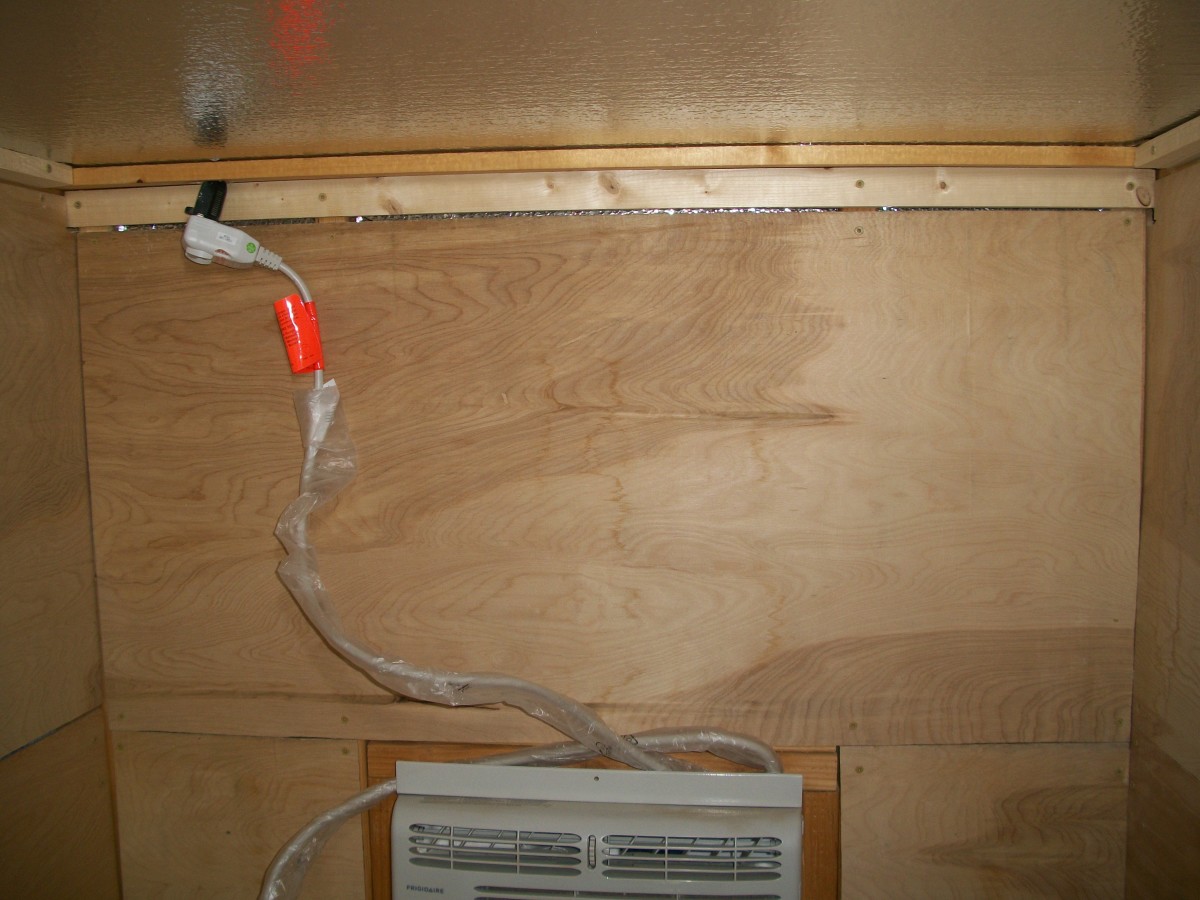

Articles
How To Run Extension Cord Through Wall
Modified: May 6, 2024
Learn how to safely and effectively run an extension cord through a wall with our informative articles. Avoid hazards and keep your space organized!
(Many of the links in this article redirect to a specific reviewed product. Your purchase of these products through affiliate links helps to generate commission for Storables.com, at no extra cost. Learn more)
Introduction
Running an extension cord through a wall can be a practical solution for connecting electrical devices in different rooms. Whether you need to power a TV mounted on the wall or a desk lamp in a different area, hiding the extension cord behind the wall can provide a cleaner and safer appearance. However, it’s important to note that working with electrical wiring requires caution and expertise to ensure both the safety and functionality of your setup.
In this article, we will guide you through the process of running an extension cord through a wall, from planning and safety precautions to the step-by-step installation process. We will provide you with the necessary tools and materials and offer expert tips to help you complete the task effectively.
Before diving into the instructions, it’s crucial to remember that working with electrical wiring can be hazardous. If you don’t have experience in this area, it’s recommended to consult a licensed electrician. Safety should be your top priority, so make sure to follow all safety precautions and local electrical codes.
Now, let’s proceed with understanding the planning and safety precautions you need to consider before running an extension cord through the wall.
Key Takeaways:
- Running an extension cord through a wall requires careful planning, safety precautions, and step-by-step execution. Prioritize safety, choose the right tools, and consider professional assistance if needed for a successful installation.
- From locating the power source to connecting the extension cord, each step in the process demands attention to detail and adherence to electrical codes. By following the comprehensive guide, you can achieve a clean and organized space while ensuring safety and functionality.
Read more: How To Run Extension Cord Through Window
Planning and Safety Precautions
Before you start running an extension cord through a wall, it’s important to take some time to plan and consider safety precautions. This will ensure that you have a clear understanding of the project scope and mitigate any potential risks. Here are some key points to keep in mind:
- Assess the electrical load: Determine the power requirements of the electrical devices you plan to connect using the extension cord. Make sure the extension cord can handle the load to prevent overheating or electrical hazards.
- Check local building codes: Familiarize yourself with the electrical codes and regulations in your area. Ensure that running an extension cord behind the wall is permissible and adhere to any specific guidelines.
- Choose the right extension cord: Use a heavy-duty extension cord designed for in-wall use. Avoid using thin gauge cords, as they may not be suitable for this application.
- Identify the power source: Locate the nearest power source to the desired location of the extension cord. This could be an existing electrical outlet or a junction box.
- Determine the cord length: Measure the distance between the power source and the area where you want to connect your devices. Add a few extra feet to allow for any necessary slack.
- Consider accessibility: Choose a location where you can easily access the extension cord if needed in the future. Avoid installing it behind permanent fixtures or inaccessible areas.
While planning, it’s always recommended to seek professional advice. Consult a licensed electrician to evaluate your specific electrical needs and ensure compliance with safety standards. By taking these precautions, you will be better prepared to proceed with the installation process safely and efficiently.
Now that you have your plan in place, it’s time to gather the necessary tools and materials before starting the installation process.
Tools and Materials Required
Before you begin running an extension cord through a wall, gather the following tools and materials to ensure a smooth and successful installation:
- Tape measure: Use a tape measure to determine the distance between the power source and the desired location for the extension cord.
- Stud finder: This tool is essential for locating studs in the wall. It is necessary to avoid drilling into electrical wires or pipes when creating entry holes.
- Drill and drill bits: A drill will be needed to create the entry hole in the wall for the extension cord.
- Keyhole saw or drywall saw: To create a clean and precise entry hole, a keyhole saw or drywall saw is necessary.
- Fish tape: A fish tape can be helpful for guiding the extension cord through the wall by allowing you to navigate through tight spaces or insulation.
- Old work electrical box: Install an old work electrical box in the wall to provide a secure and concealed space for connecting the extension cord.
- Utility knife: Use a utility knife to cut openings in the wall for installing the old work electrical box.
- Screwdriver: A screwdriver will be needed to secure the old work electrical box in place.
- Extension cord: Choose a heavy-duty extension cord that is suitable for in-wall use. Make sure it is long enough to reach from the power source to the desired location.
- Wire connectors: Use wire connectors to secure the connection between the extension cord and the power source.
- Electrical tape: Electrical tape is handy for insulating wire connections and providing an extra layer of protection.
- Safety glasses and gloves: Always prioritize safety while working with power tools and electrical components. Wear safety glasses and gloves to protect yourself from potential hazards.
By having these tools and materials ready, you will be well-equipped to proceed with the installation process. In the next steps, we will guide you on how to run the extension cord through the wall safely and efficiently.
Step 1: Locate Power Source and Determine Cord Length
The first step in running an extension cord through a wall is to identify the nearest power source and determine the length of the cord needed. Follow these guidelines to complete this step:
- Survey the area: Assess the location where you want to connect your devices and identify the closest electrical outlet or junction box. Make sure it is easily accessible and within a reasonable distance.
- Measure the distance: Use a tape measure to determine the distance between the power source and the desired location for your extension cord. Add a few extra feet to allow for flexibility and any required slack.
- Consider obstacles: Take into account any obstacles, such as furniture or walls, that may affect the path of the extension cord. Plan a route that avoids potential hazards or interference.
- Note the cord length: Based on your measurements, determine the appropriate length for the extension cord. Ensure that it is long enough to reach from the power source to the desired location without being stretched or strained.
- Select the right cord: Choose a heavy-duty extension cord that is suitable for in-wall use. Make sure it is rated for the anticipated load and meets safety standards.
By accurately locating the power source and determining the proper cord length, you are ready to proceed with the next steps. In the following steps, we will guide you on how to safely and effectively run the extension cord through the wall.
Step 2: Turn off Power and Remove Electrical Outlet Cover
Before you begin working with electrical components, it is crucial to ensure your safety by turning off the power to the area where you will be installing the extension cord. Follow these steps to complete this process:
- Locate the circuit breaker: Find the circuit breaker panel in your house or building. It is usually located in the basement, garage, or utility room.
- Identify the corresponding circuit: Locate the circuit breaker that controls the power supply to the electrical outlet where you will be connecting the extension cord.
- Switch off the circuit: Flip the corresponding circuit breaker to the “off” position. This will cut off the power supply to the outlet and prevent any electrical accidents while working.
- Test the outlet: After turning off the circuit breaker, plug in a device into the outlet to verify that there is no power. It’s crucial to double-check and ensure the power is indeed off before proceeding.
- Remove the outlet cover: Use a screwdriver to remove the screws holding the electrical outlet cover in place. Gently pull the cover away from the wall to expose the wiring inside.
It is important to note that cutting off the power supply is essential for your safety when working with electrical components. Take extra precautions and consider employing the services of a licensed electrician if you are not comfortable with this process.
With the power turned off and the outlet cover removed, you are now ready for the next step, where you will learn how to create an entry hole in the wall.
Read more: How To Get An Electrical Cord Through A Wall
Step 3: Create an Entry Hole
In this step, you will create an entry hole in the wall to run the extension cord through. Follow these guidelines to complete this process:
- Locate a suitable area: Choose a location on the wall where you want to install the extension cord. Ensure it is easily accessible and close to the power source.
- Use a stud finder: Utilize a stud finder to locate any studs in the wall. This step is crucial to avoid drilling into electrical wires, pipes, or other hidden obstacles.
- Mark the entry point: Once you have located a safe area, mark the spot for the entry hole using a pencil or marker.
- Prepare the tools: Get your drill and drill bit ready. Choose a drill bit appropriate for the size of the entry hole you want to create.
- Drill the entry hole: Carefully drill a hole at the marked spot, making sure to keep the drill level and perpendicular to the wall. Start with a smaller drill bit and gradually increase the size if needed.
- Clean up the hole: Use a utility knife or sandpaper to clean up any rough edges around the entry hole. This will ensure a clean and smooth passage for the extension cord.
Creating a clean and precise entry hole is important to ensure a proper and secure installation of the extension cord. Take your time and be cautious when drilling into the wall.
With the entry hole created, it’s time to move on to the next step, where you will learn how to install an old work electrical box.
When running an extension cord through a wall, use a wall-mounted cord cover to protect the cord and keep it secure. Be sure to follow all safety guidelines and local building codes.
Step 4: Install an Old Work Electrical Box
Installing an old work electrical box is a crucial step in providing a secure and concealed space for connecting the extension cord. Follow these steps to complete this process:
- Select the appropriate box: Choose an old work electrical box that is suitable for your installation. Ensure it has enough space to accommodate the extension cord and any wire connections.
- Position the box: Hold the electrical box against the wall, aligning it with the entry hole. Make sure it is level and centered properly.
- Trace the outline: Use a pencil to trace the outline of the electrical box onto the wall. This will serve as a guide for cutting the hole for the box.
- Prepare the tools: Get your keyhole saw or drywall saw ready. These tools will be used to cut the hole for the electrical box.
- Cut the hole: Carefully cut along the traced outline using the saw. Take your time to create a clean and precise hole that matches the size of the electrical box.
- Insert the electrical box: Insert the electrical box into the hole and ensure it fits snugly. Follow the manufacturer’s instructions to secure it in place, usually by tightening the built-in clamps or screws.
Installing an old work electrical box provides a structured and safe environment for connecting the extension cord. Be sure to follow all safety guidelines and electrical codes while completing this step.
With the old work electrical box securely in place, you are ready to move on to the next step, where you will learn how to run the extension cord through the wall.
Step 5: Run Extension Cord Through Wall
Now that you have installed the old work electrical box, it’s time to run the extension cord through the wall. Follow these steps to complete this process:
- Attach the fish tape: If you have a fish tape, attach it to the end of the extension cord. This will help you guide the cord through the wall.
- Feed the cord through the entry hole: Carefully insert the extension cord (or the fish tape with the cord attached) into the entry hole you created earlier. Begin pushing or pulling it through the wall cavity.
- Navigate through obstacles: Use the fish tape or your hand to navigate through any obstacles, such as insulation or obstructions within the wall. Ensure the cord is moving smoothly and without any resistance.
- Pull the cord through the electrical box: Once the extension cord reaches the electrical box, carefully pull it through the opening and into the box.
- Leave enough slack: Allow for some slack in the cord inside the electrical box to comfortably connect it to the power source and avoid tension on the wires.
Take your time and be cautious while running the extension cord through the wall. If you encounter any difficult spots or obstacles, gently maneuver the cord to ensure a smooth passage.
With the extension cord successfully run through the wall, you can now proceed to the next step, where you will learn how to connect the extension cord to the existing power source.
Step 6: Connect Extension Cord to Existing Power Source
With the extension cord inside the electrical box, it’s time to connect it to the existing power source. Follow these steps to complete this process:
- Turn off power: Before working with any electrical connections, turn off the power to the circuit at the circuit breaker.
- Prepare the wires: Strip the insulation from the end of the extension cord and the wires inside the electrical box, exposing about ¾ inch of copper.
- Create wire connections: Twist together the corresponding wires from the extension cord and the power source. Connect the black wires, white wires, and the green or bare copper wires (ground wires) using wire connectors.
- Secure the wire connections: Once the wires are securely connected, cover each connection with electrical tape for added protection and insulation.
- Insert and secure the wires into the electrical box: Carefully tuck the connected wires into the electrical box, making sure they have enough slack and are not under any tension. Use screws to secure the electrical box cover.
It’s important to remember that working with electrical connections requires caution and proper knowledge. If you are not confident in your ability to complete this step safely, it is recommended to consult a licensed electrician to ensure the proper and secure connection of the extension cord to the existing power source.
With the extension cord successfully connected to the power source, we will move on to the final step, where you will learn how to secure the extension cord and replace the outlet cover.
Read more: How To Run Conduit Through A Wall
Step 7: Secure Extension Cord and Replace Outlet Cover
Once the extension cord is connected to the power source, the final step is to secure the cord and replace the outlet cover. Follow these steps to complete the installation process:
- Arrange the extension cord: Organize and arrange the extension cord neatly inside the electrical box. Keep it away from any sharp edges or objects that could damage the cord.
- Use cable staples: If necessary, use cable staples to secure the extension cord to the wall or baseboard. This will help prevent it from moving or getting tangled.
- Ensure a proper fit: Check that the extension cord is not pressed tightly against the outlet cover when it is closed. The cover should fit snugly without putting pressure on the cord.
- Replace the outlet cover: Align the outlet cover with the electrical box and carefully screw it back into place. Ensure that the cover closes securely and that there are no exposed wires.
Take a moment to double-check all the connections and ensure that everything is properly secured. Inspect the area for any exposed wires or potential hazards. If you notice any issues or concerns, consult a licensed electrician for assistance.
By completing these steps, you have successfully run an extension cord through a wall and connected it to the power source. Ensure that the outlet cover is closed securely and conduct a final check to verify that the power is restored to the area.
Congratulations! You have accomplished the task of running an extension cord through a wall. Now you can conveniently power your devices from a hidden and aesthetically pleasing source. Remember to always prioritize safety and follow local electrical codes throughout the installation process.
Thank you for reading our guide on how to run an extension cord through a wall. We hope you found it helpful and informative!
Conclusion
Running an extension cord through a wall can be a practical solution for connecting electrical devices in different areas or hiding cords for a cleaner look. However, it is crucial to approach this task with caution and prioritize safety every step of the way.
In this guide, we have provided a step-by-step process to help you successfully run an extension cord through a wall. Starting from planning and safety precautions, to locating the power source, creating an entry hole, installing an old work electrical box, running the cord through the wall, connecting it to the power source, and finally securing the cord and replacing the outlet cover, we have covered all the necessary steps to complete this project safely and effectively.
Throughout the process, it is important to adhere to electrical codes and regulations, consider the electrical load, and choose the appropriate tools and materials. If you are unsure about any step or lack the necessary experience, it is advisable to consult a licensed electrician for assistance.
By following these guidelines, you can enjoy the convenience of hiding your extension cords behind walls while maintaining a clean and organized space. Always prioritize safety, double-check connections, and ensure that the power is turned off before working with electrical components.
Thank you for reading our comprehensive guide on how to run an extension cord through a wall. We hope it has been informative and helpful as you undertake your project. Happy DIY-ing!
Now that you’ve mastered running an extension cord through a wall, why not tackle some larger home maintenance projects? Our article on home repair offers practical advice and easy-to-follow steps for fixing common issues around your house. Whether you're dealing with a leaky faucet or squeaky floors, these tips will help you keep your home in top shape without breaking the bank. Ready to become a DIY repair expert? Check out our detailed guide.
Frequently Asked Questions about How To Run Extension Cord Through Wall
Was this page helpful?
At Storables.com, we guarantee accurate and reliable information. Our content, validated by Expert Board Contributors, is crafted following stringent Editorial Policies. We're committed to providing you with well-researched, expert-backed insights for all your informational needs.
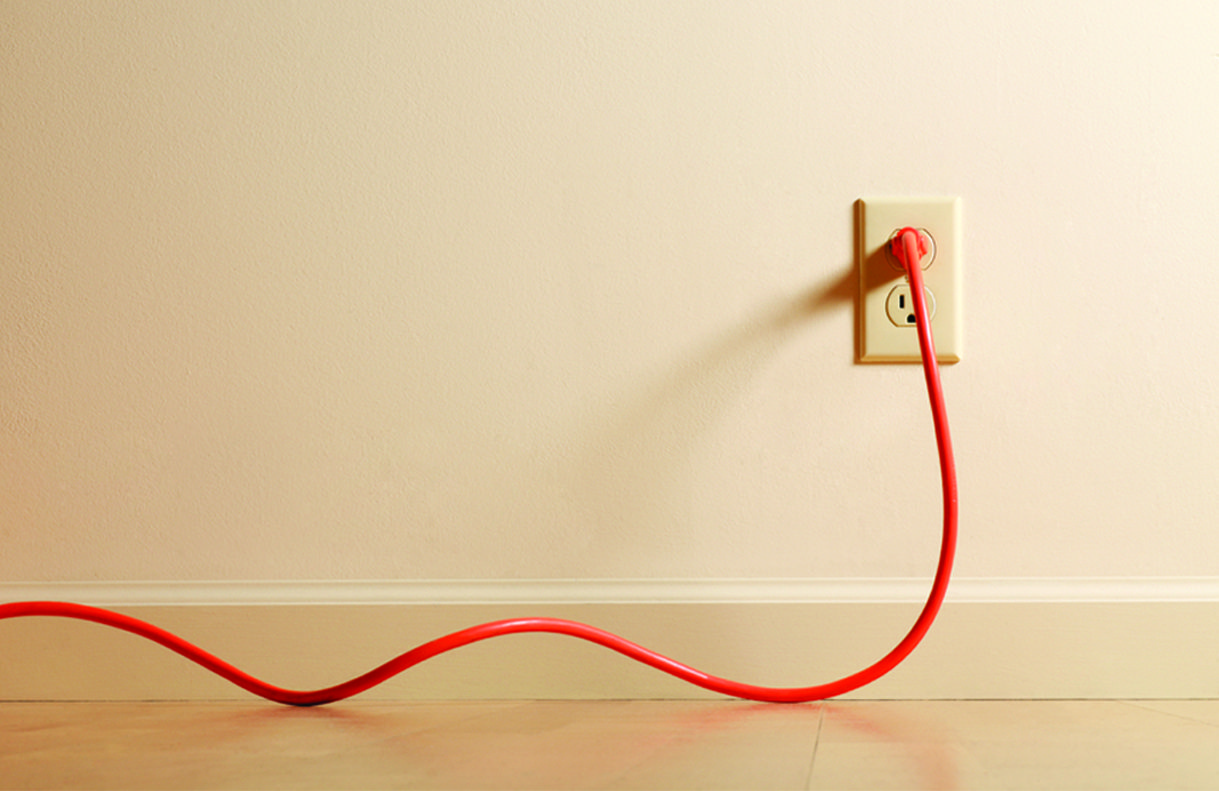
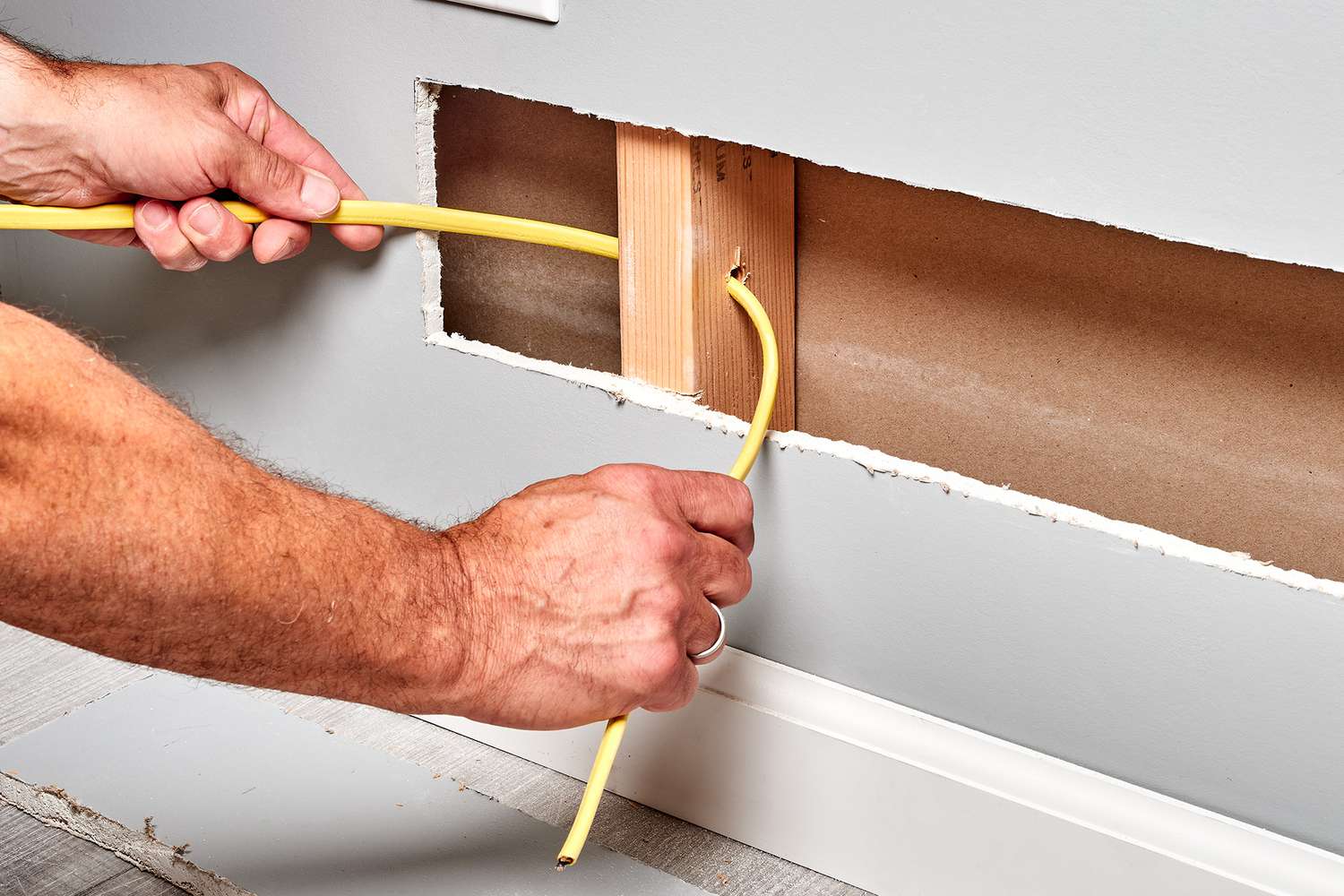
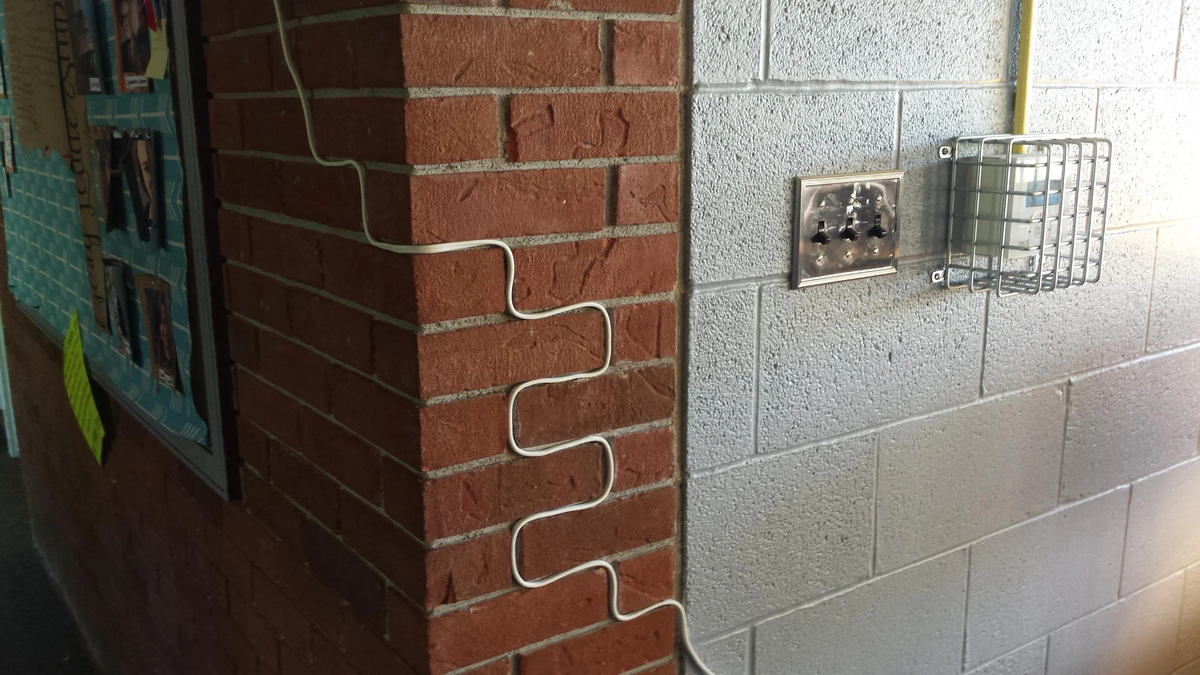
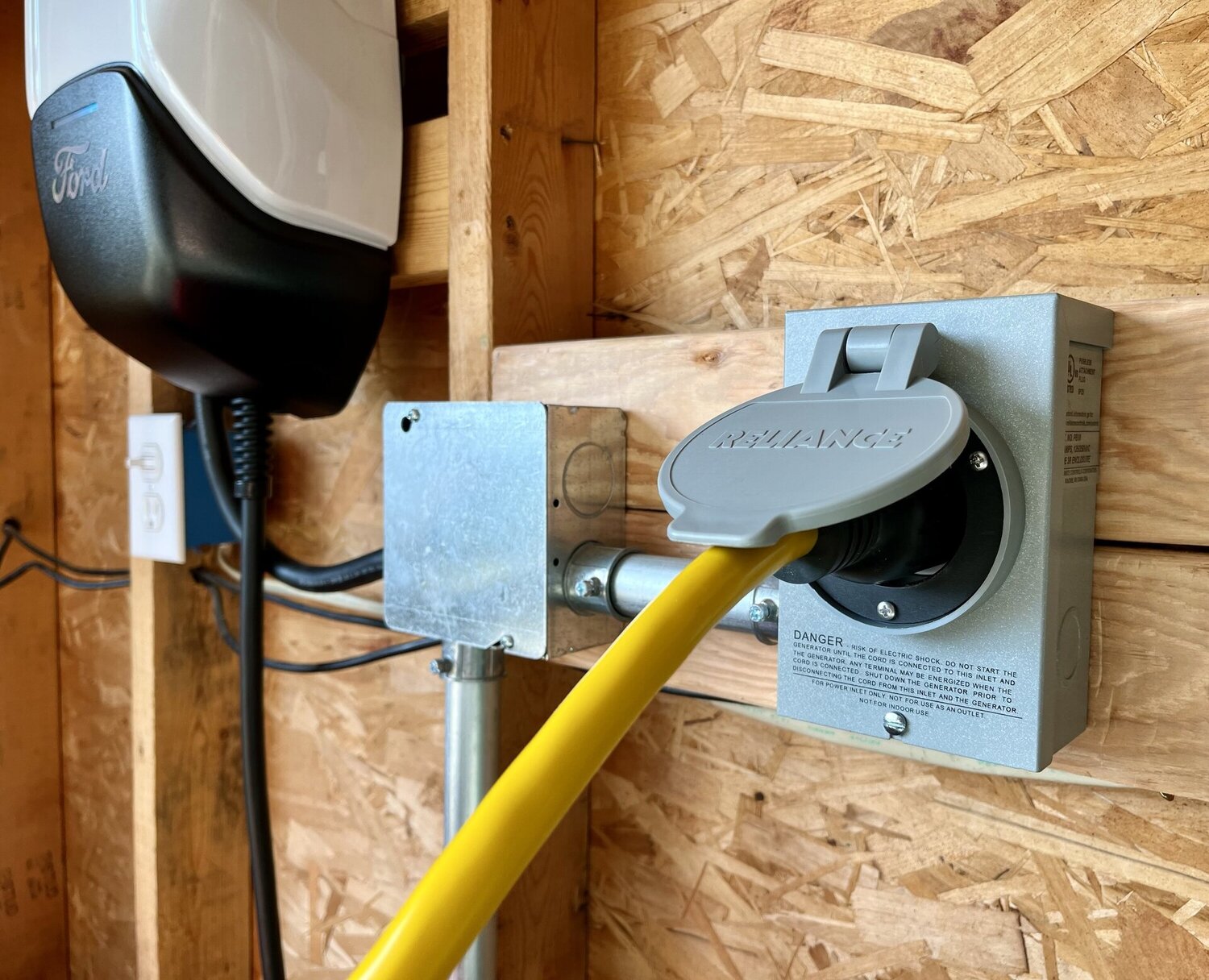
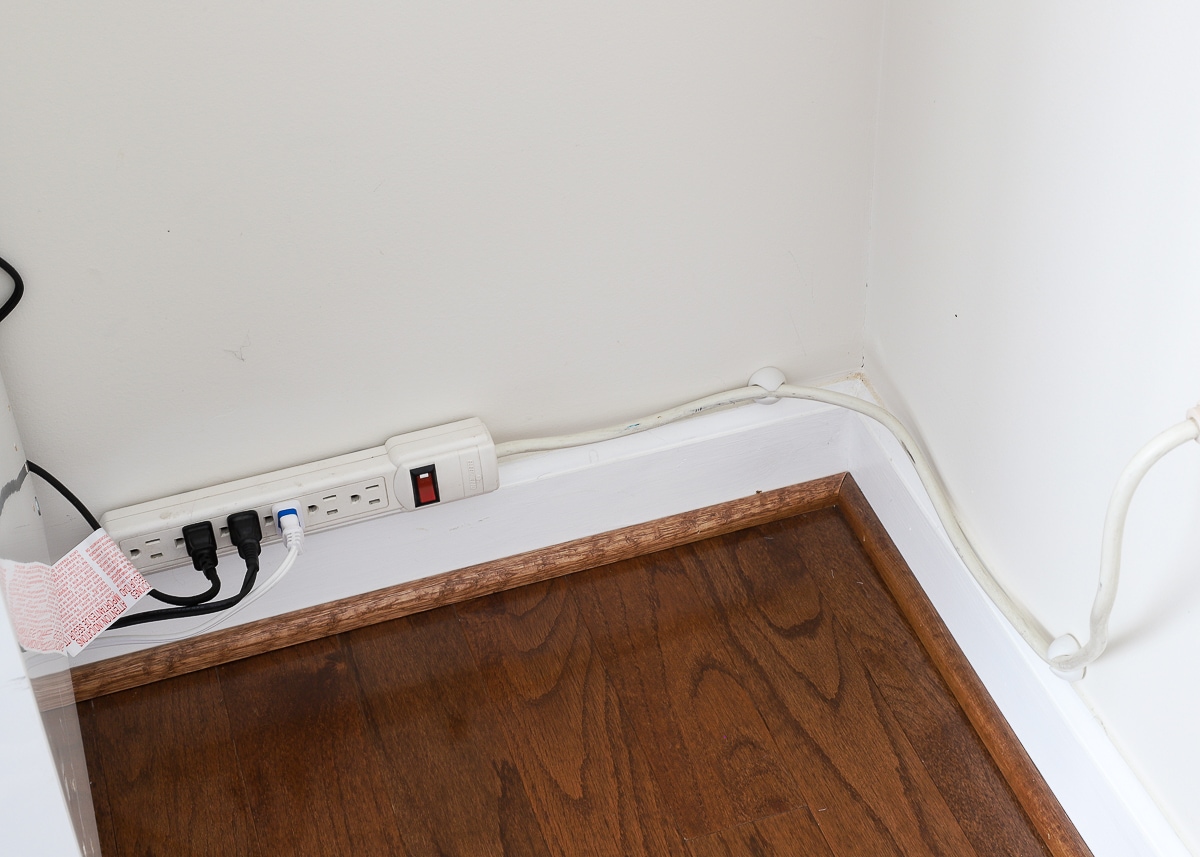
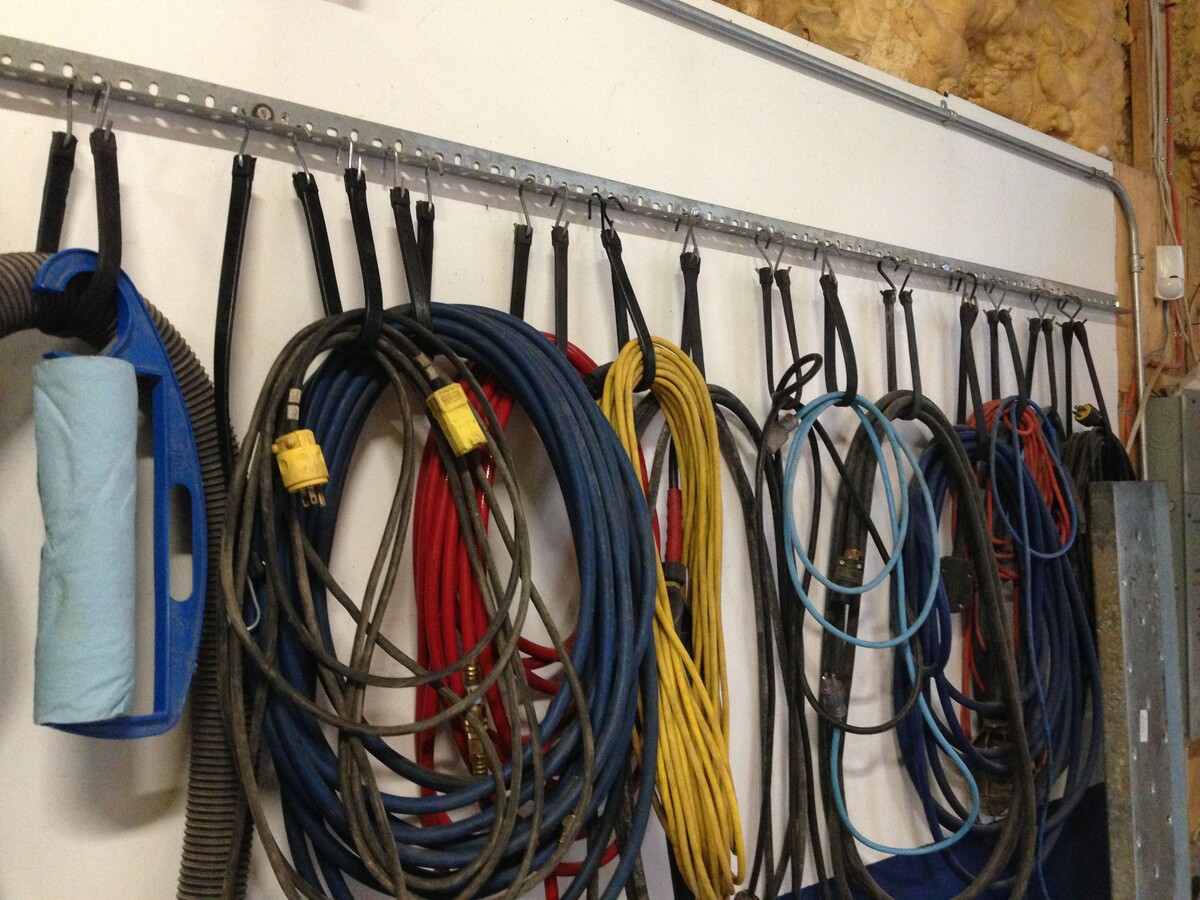
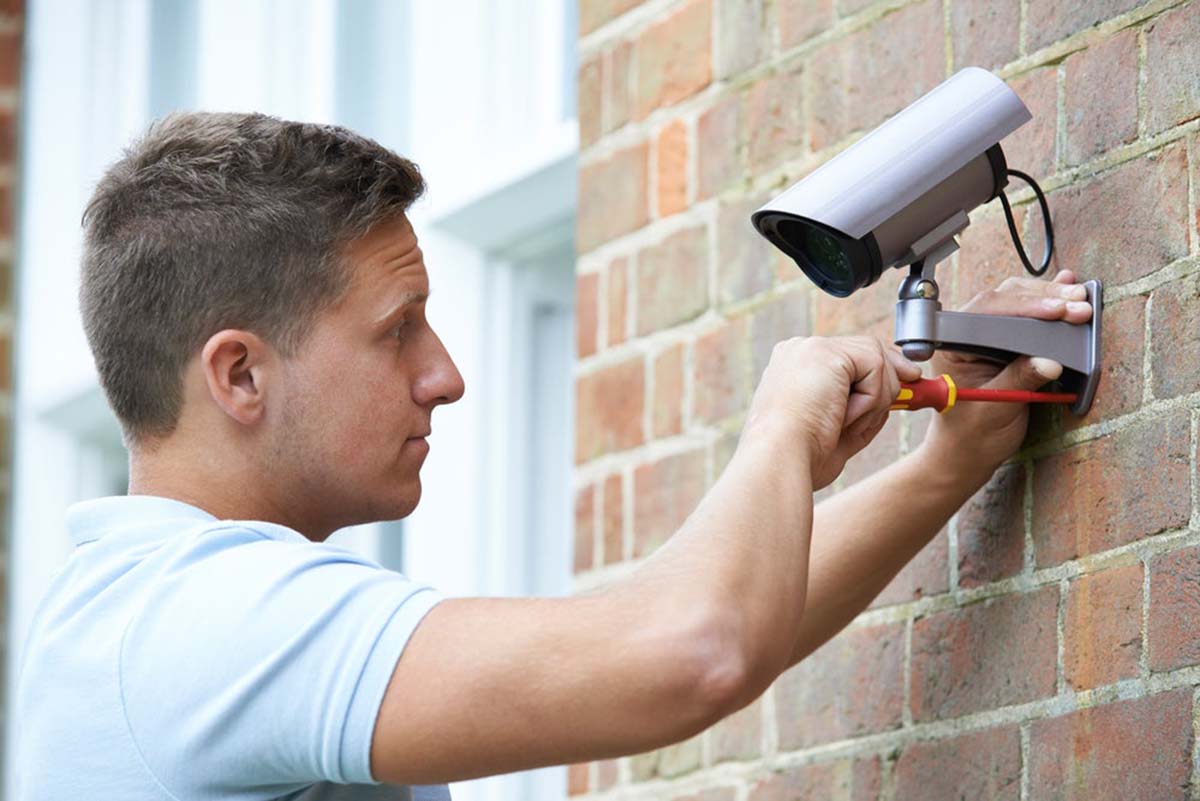
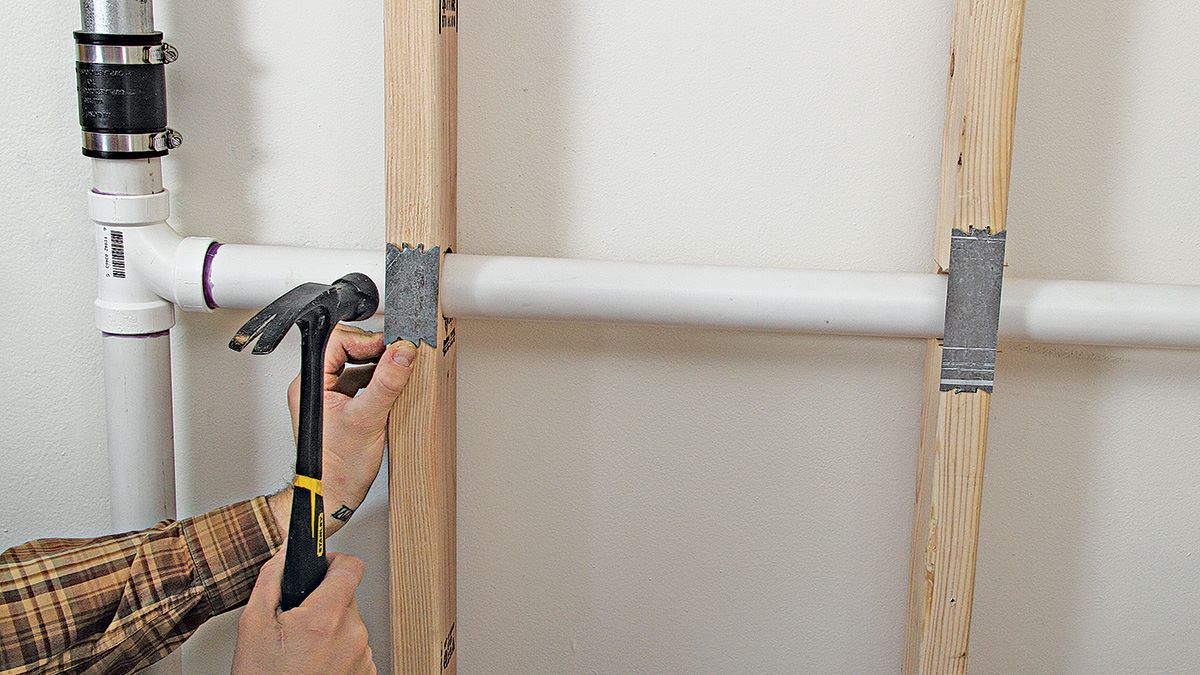
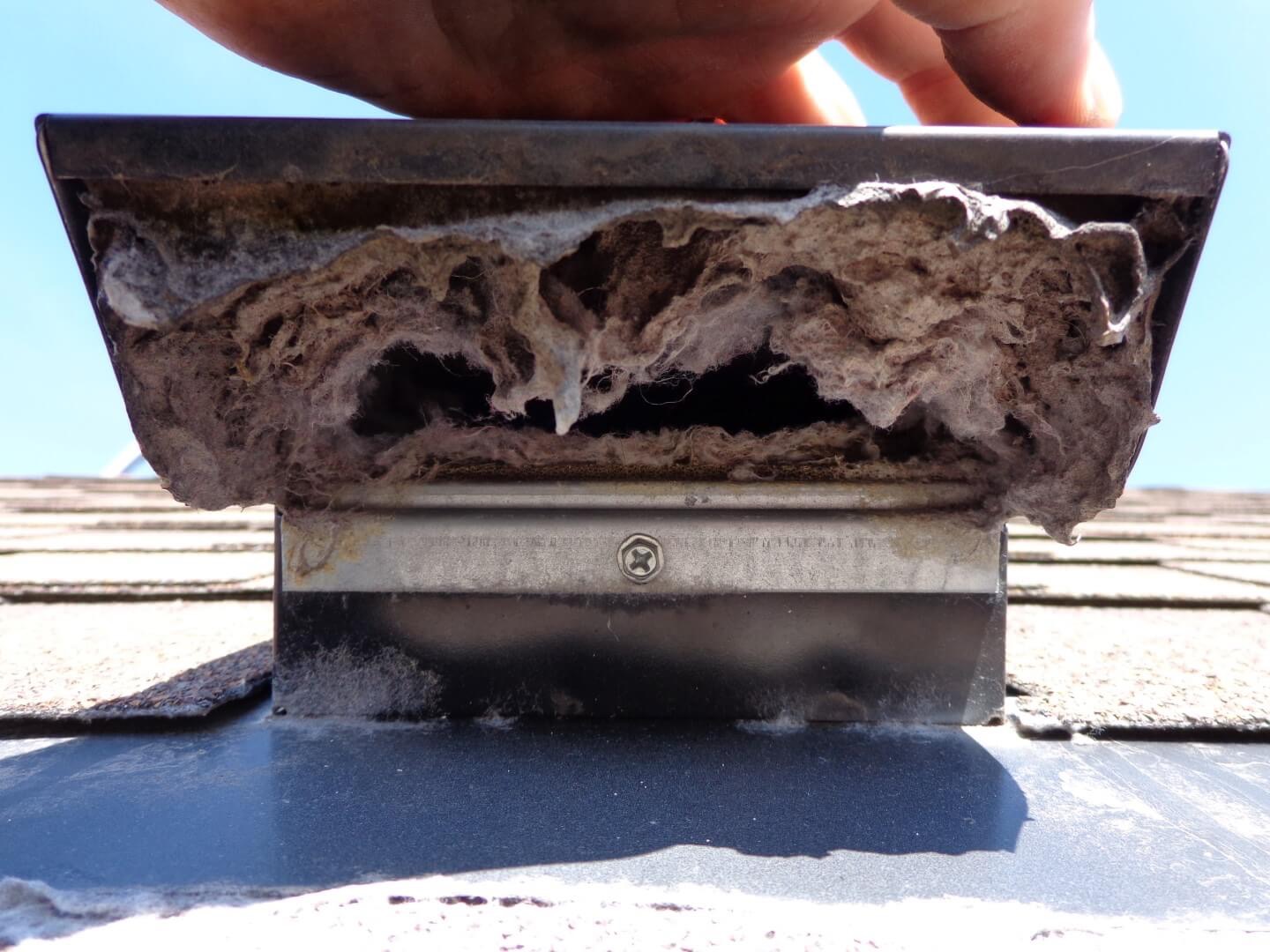
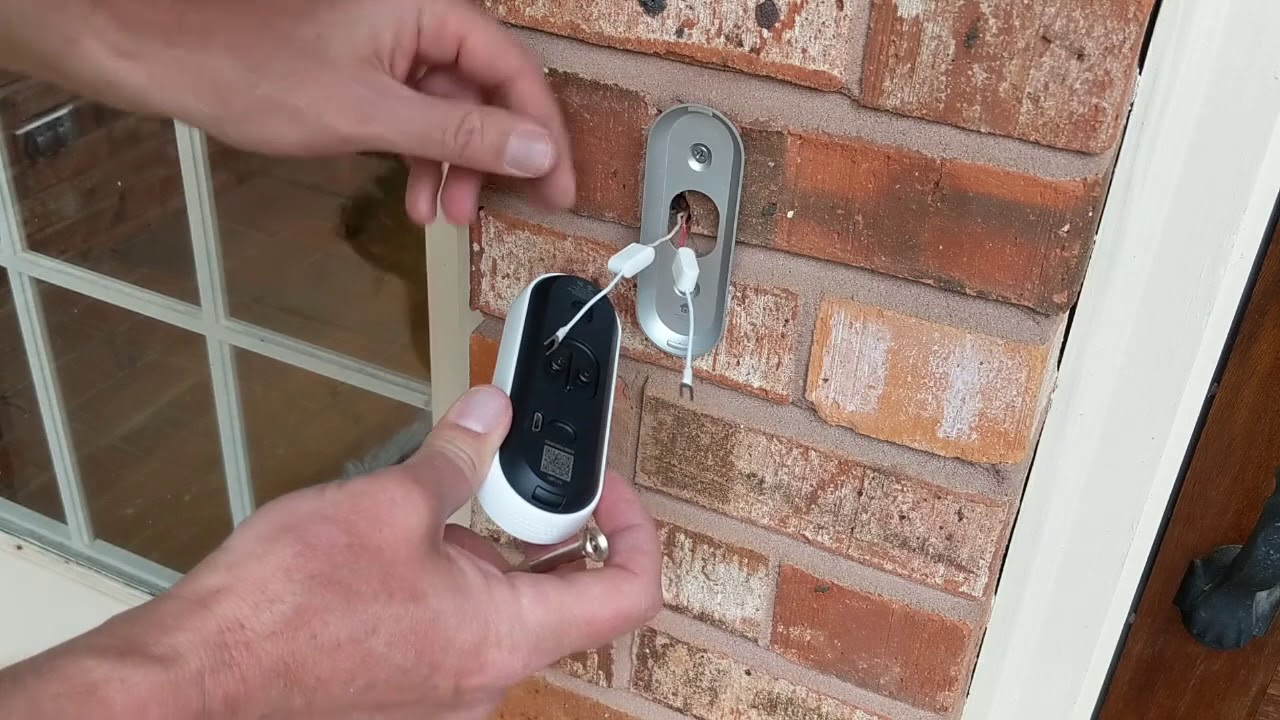
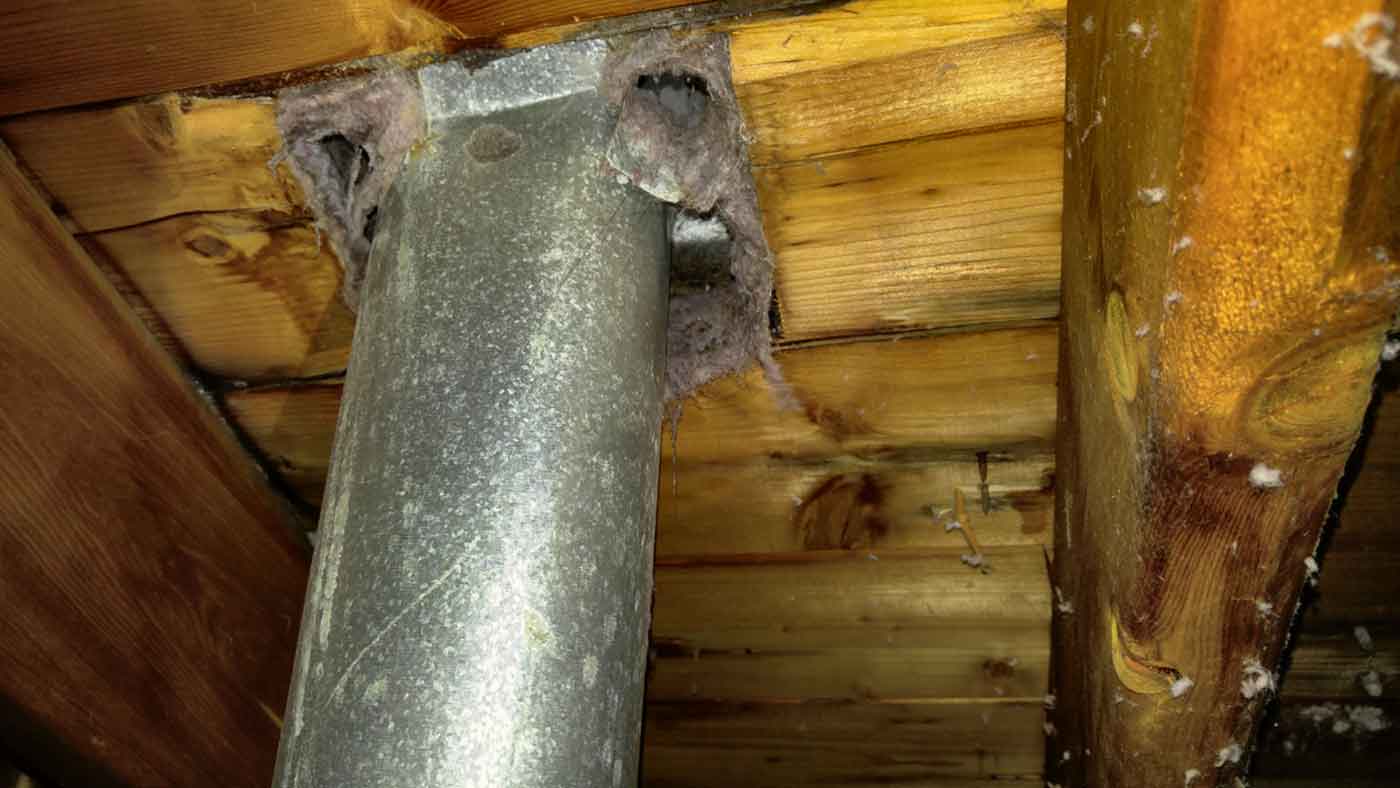
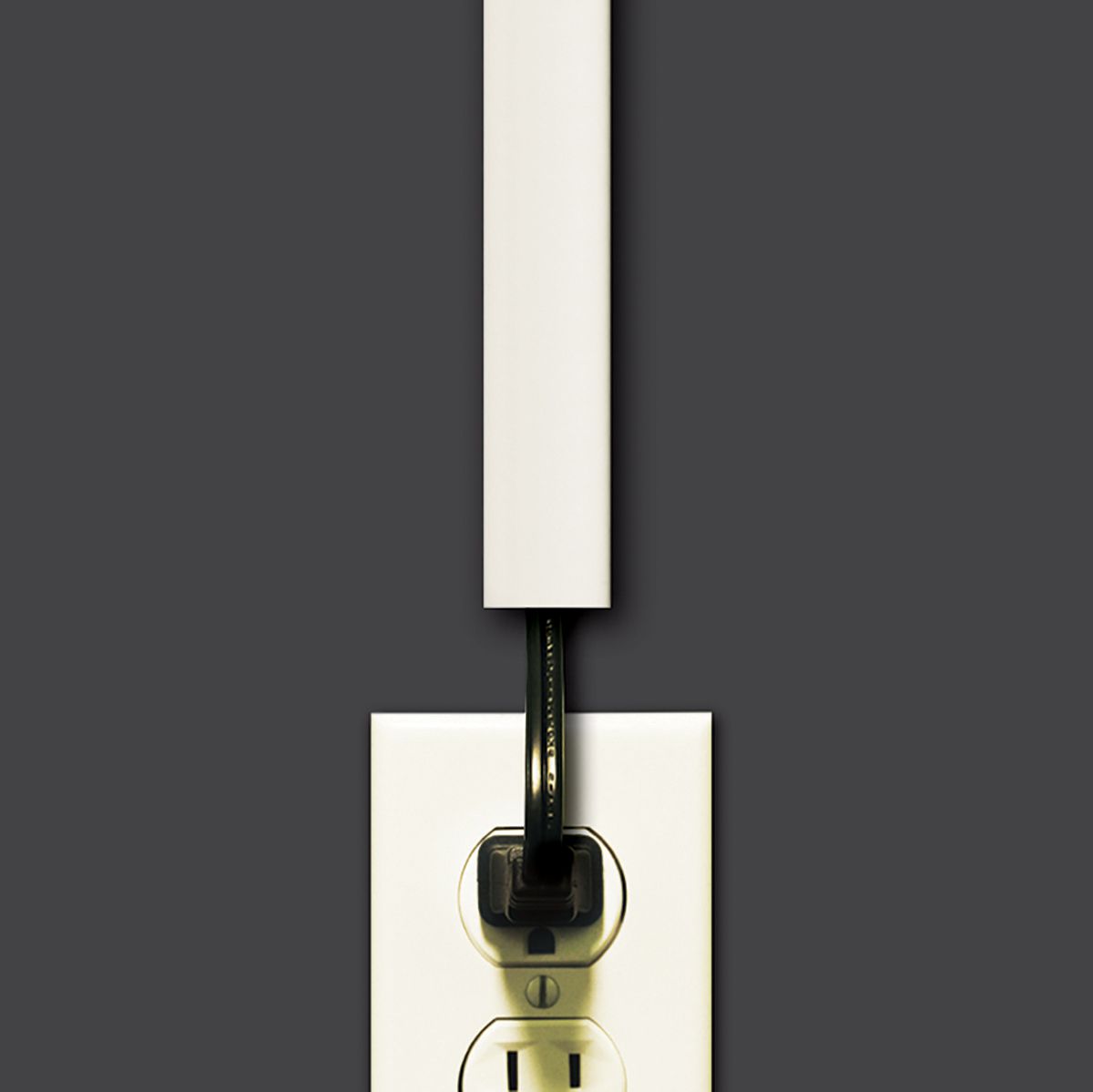
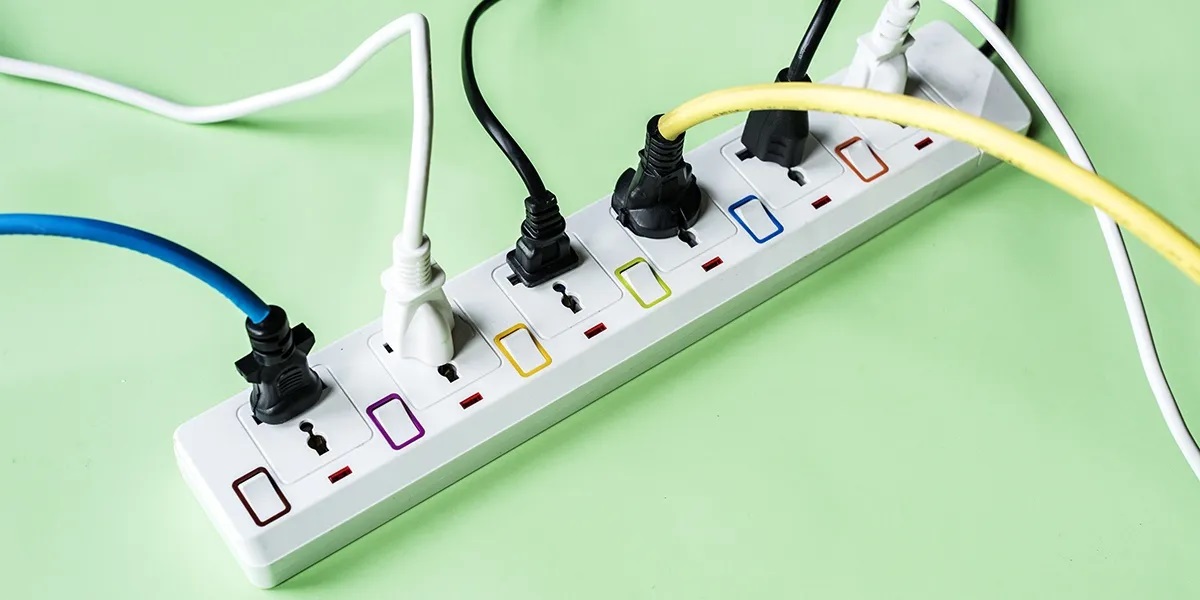

0 thoughts on “How To Run Extension Cord Through Wall”